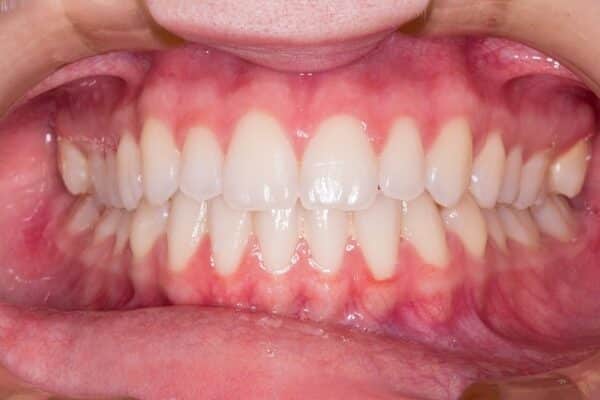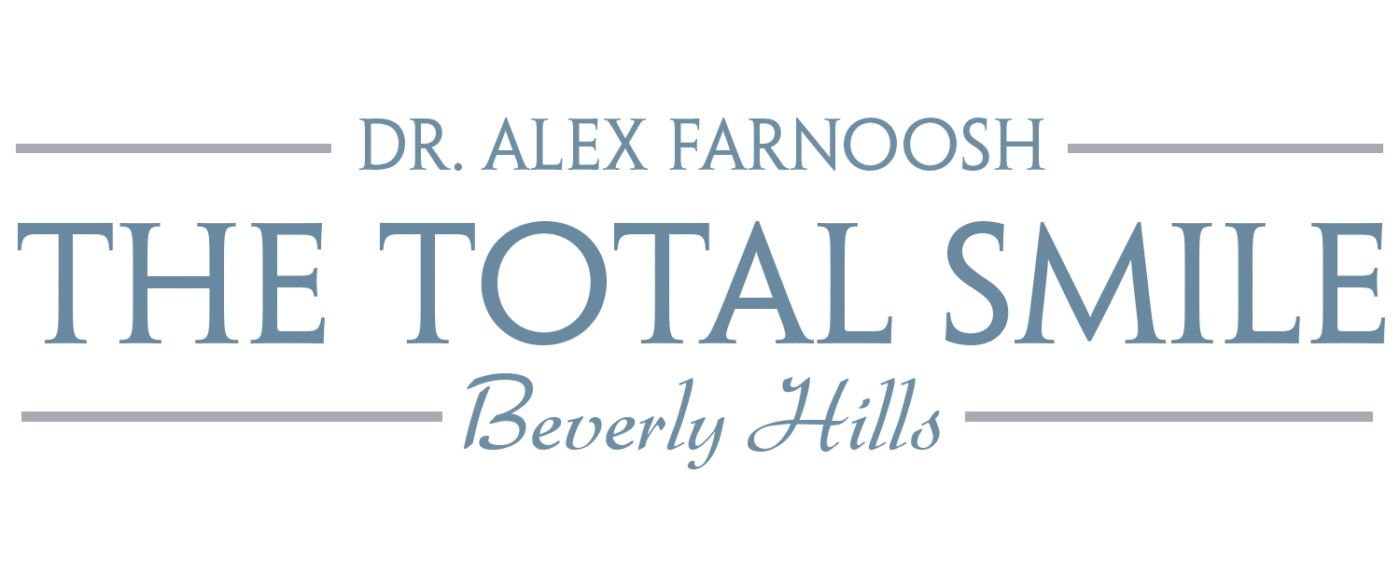Types of Gum Surgery
Gum surgery encompasses a range of specialized procedures, each designed to address specific oral health issues. Dr. Farnoosh, with his wealth of experience, can provide valuable insights into how these treatments can benefit you. To explore your options fully, don’t hesitate to schedule a free consultation with him.
Gingival Flap Surgery
When gum disease takes hold, gingival flap surgery may become a necessary intervention. This procedure entails the delicate lifting of gum tissue to access and eliminate hidden bacteria, effectively combating the infection. Moreover, it often involves the possibility of tissue or bone grafts to stimulate regeneration in damaged areas. The use of dissolvable stitches ensures the secure repositioning of the gums, and a post-operative checkup ensures the progress of healing.
Crown Lengthening Gum Surgery
For individuals concerned about the aesthetics of their smile, crown-lengthening gum surgery offers a cosmetic solution. This precise procedure involves using advanced laser technology to sculpt the gum line, revealing more of the tooth’s crown. As a result, your teeth appear longer, enhancing the overall look of your smile.
Gum Grafting
Receding gum lines can pose a threat to tooth stability. Gum grafting is a procedure that addresses this issue by transplanting healthy tissue from one part of your mouth to the receding area. This intervention effectively prevents tooth loss and enhances the overall health of your gums. What sets us apart is that our Beverly Hills dentist, a skilled periodontist, can perform this procedure in-house, eliminating the need for external referrals and ensuring comprehensive care.
Sedation for Gum Surgery
The complexity of your gum surgery will determine the appropriate sedation method. Commonly used is conscious sedation, which keeps you relaxed and aware during the procedure. In exceptional cases, such as highly invasive surgeries, general anesthesia may be employed. Rest assured, your comfort and safety are paramount to us, and we tailor the sedation approach to your specific needs.
Recovering from Gum Surgery
After your gum surgery, adhering to these recovery guidelines is essential for a smooth healing process:
- Arrange for transportation if sedation is administered to ensure your safety
- Follow your dentist’s post-operative instructions, including work, exercise, and dietary restrictions
- Opt for soft, easily chewable foods during the initial healing phase. Consider options like pudding, Jell-O, mashed potatoes, yogurt, and ice cream
- Avoid flossing during the recovery period to prevent any disruption to the healing gums
- Use any prescribed medications or over-the-counter pain relievers as directed to manage any discomfort or pain
Call Our Beverly Hills Dentist Today
If you’re contemplating gum surgery, we wholeheartedly encourage you to connect with our experienced Beverly Hills dentist. Feel free to reach out to us with any questions or concerns, and we will guide you through the entire process, from consultation to recovery. Your oral health and well-being are our top priorities. Contact us today to schedule your free consultation with Dr. Farnoosh and embark on the path to a healthier, more vibrant smile.
